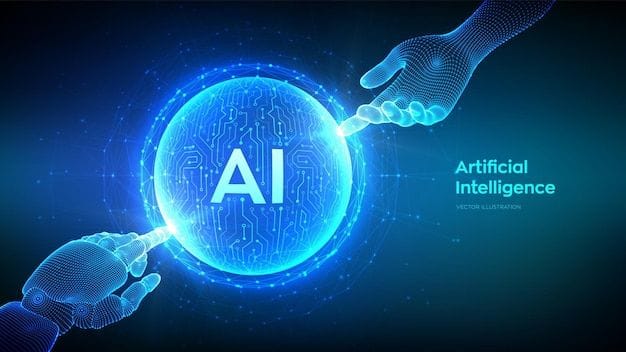In today’s rapidly evolving digital landscape, artificial intelligence (AI) is no longer a supporting technology—it has become a driving force behind how professionals create, manage, and scale online experiences. One of the most significant breakthroughs fueling this transformation is the Model Context Protocol (MCP). By bridging the gap between AI models and the tools web creators rely on every day, MCP is redefining workflows, boosting efficiency, and unlocking new creative possibilities.
What is Model Context Protocol (MCP)?
At its core, MCP is a standardized communication framework that allows AI models to interact seamlessly with external tools, services, and datasets. Instead of AI operating in isolation or within pre-programmed boundaries, MCP enables it to understand context, access resources dynamically, and respond intelligently to user needs.
For web creators, this means that AI can do far more than generate content or suggest design tweaks. It can integrate directly with the systems they use—whether it’s a content management system (CMS), design platform, analytics dashboard, or deployment tool—providing a cohesive and adaptive environment.
Smarter AI-Tool Interaction
Traditional AI tools often function in a silo, generating results without awareness of the broader workflow. MCP changes this by enabling context-rich interactions. For example, a web designer working on a client’s site could:
- Use MCP-powered AI to pull design assets directly from a shared cloud repository.
- Generate semantic HTML markup that matches the project’s accessibility requirements.
- Adjust styles in real time based on brand guidelines already stored within a design system.
This intelligent interaction saves time, reduces repetitive tasks, and minimizes errors, allowing professionals to focus more on strategy and creativity.
Redefining Web Creation Workflows
For professional web creators, building and scaling websites involves a complex mix of design, development, content management, optimization, and maintenance. MCP streamlines this entire process in several key ways:
- Design Efficiency – By connecting design tools to AI models, MCP ensures that stylistic consistency is maintained across multiple projects. Variables, filters, and dynamic rules can be applied automatically, reducing manual adjustments.
- Content Personalization – MCP allows AI to pull data from analytics and CRM systems, enabling hyper-personalized website experiences tailored to user behavior and preferences.
- Performance Optimization – AI, guided by MCP, can detect inefficiencies in code, recommend structural improvements, and even suggest hosting optimizations to ensure speed and scalability.
- Scalability – For agencies and enterprises managing multiple sites, MCP simplifies scaling by standardizing design patterns, content workflows, and deployment pipelines across large portfolios.
Enhancing Accessibility and Standards Compliance
One of the most exciting aspects of MCP is its ability to drive semantic markup and accessibility improvements. By embedding accessibility requirements into its contextual understanding, AI can generate web components that comply with WCAG standards from the outset. This ensures that websites are not only visually engaging but also inclusive for users with diverse needs.
The Future of AI-Driven Web Creation
As AI continues to evolve, MCP will play a central role in ensuring that its potential is fully realized within professional web creation. Instead of replacing human creativity, MCP empowers creators by providing them with smarter, context-aware tools that reduce friction, enhance collaboration, and accelerate production.
In the near future, we can expect MCP-driven AI to move beyond site-building into real-time website management, such as predictive maintenance, automated SEO adjustments, and live personalization. This will give businesses a competitive edge by ensuring their digital presence remains agile and responsive to market changes.


